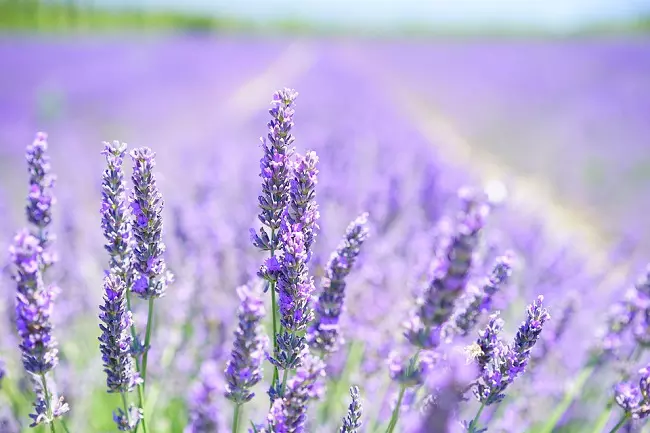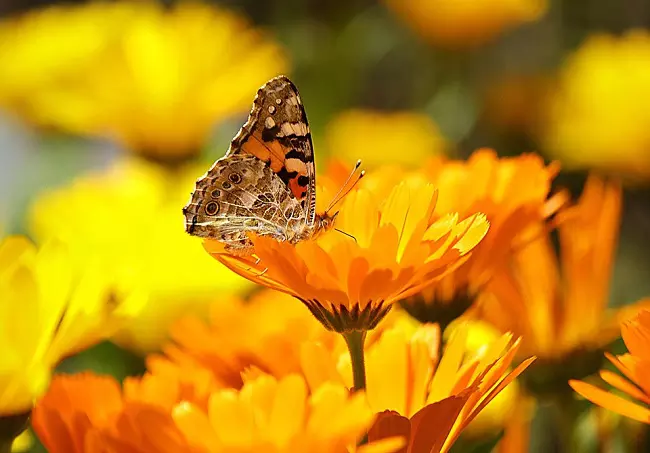These two herbs are not only useful, but also decorative
While many of the most common herbs have a rather humble appearance, others can be used as ornamental plants in the rooms, gardens or on the balconies thanks to their wonderful flowers. Below we introduce two lovely herbs that you can easily grow at home!
Lavenders look pretty in the gardens and on balconies too (Photo: pixabay.com / Hans Braxmeier)
Lavender
Lavender is one of the most popular flowering plants worldwide, and its oils have been treasured since centuries. It's also well-known for its ability to keep the pests, moths and even mosquitoes away, but its most popular feature is perhaps the nice fragrance, which makes it ideal for seasoning desserts and drinks with it.
This plant also provides some health benefits, and has been traditionally used as an antispasmodic. The purple flowers are collected for this purpose before they are in full bloom. Beside this kind of use, the flowers, when added to the bathwater, provide a soothing, calming effect. This might be the reason lavender is a very popular ingredient of soaps.
You should plant the lavender into a sunny, warm environment, and it's also crucial that you provide it a soil that does not drink in and restrain water. Sandy, gravelly soils are best - mixing the soil with small pebbles and gravels may also work. Over-watering the lavender is a common mistake, especially in the winter, when it usually needs less water than in the sunny summer months. It's best if you water the plant using smaller portions of water.
Of the many species of lavenders, the English lavender (Lavandula angustifolia) is the most popular. This plant, when the environmental conditions meet its needs, can grow up to 60-70 cm tall. There are also several breeds, that may vary a bit in color, fragrance and height.
Common marigold
The bright orange petals of the common marigold provide a spectacular sight, especially when you have plenty of the small plants in your garden. When harvesting the common marigold, we collect either the whole inflorescence, or only the orange "petal-like" ligulate flowers. Then they are most commonly used as part of ointments, which are believed to help the healing of wounds.
The dried ligulate flowers are often used to give a nice tone to several kinds of foods or tea blends, but it must be noted that common marigold has a rather harsh taste that many people don't like, even when it's used only in small amounts. Common marigold tea is said to have refreshing effects.
Marigolds may also lure butterflies near your home (Photo: pixabay.com / Vikramjit Kakati)
These small plants don't require much care or space (they can be kept in pots), but they are best off at sunny places and prefer sandy, gravelly soils. If you grow your common marigold in a pot, be sure not to over-water it, and also keep in mind that it needs fertilizer to provide it all the nutrition it needs.
Anita Diós
May 2018

